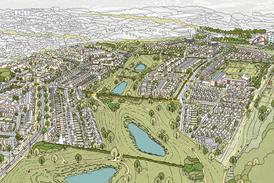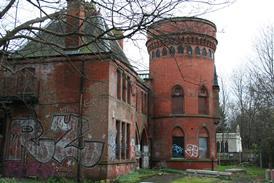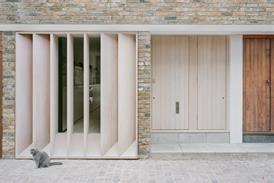- Home
 Crown Estate submits plans for 4,000-home Hertfordshire town masterplanned by Prior + Partners
Crown Estate submits plans for 4,000-home Hertfordshire town masterplanned by Prior + Partners Council looking for new development partner on scrapped transformation of listed Victorian baths
Council looking for new development partner on scrapped transformation of listed Victorian baths Zaha Hadid Architects’ turnover up 8% as Middle East takes over Asia as firm’s biggest market
Zaha Hadid Architects’ turnover up 8% as Middle East takes over Asia as firm’s biggest market What made this project… Elizabeth Mews by Trewhela Williams
What made this project… Elizabeth Mews by Trewhela Williams
- Intelligence for Architects
- Subscribe
- Jobs
- Events

2025 events calendar Explore now 
Keep up to date
Find out more
- Programmes
- CPD
- More from navigation items
Should the Heygate Estate be torn down?
2013-02-15T06:25:00

South London’s brutalist behemoth: ready for the wrecking ball, or just in need of some TLC?
This is premium content.
Only logged in subscribers have access to it.
Login or SUBSCRIBE to view this story

Existing subscriber? LOGIN
A subscription to Building Design will provide:
- Unlimited architecture news from around the UK
- Reviews of the latest buildings from all corners of the world
- Full access to all our online archives
- PLUS you will receive a digital copy of WA100 worth over £45.
Subscribe now for unlimited access.
Alternatively REGISTER for free access on selected stories and sign up for email alerts
- © Building Design 2023
- Terms and Conditions
- Cookie Policy
- Privacy Policy
- About BD
- Contact BD
- Advertise
Site powered by Webvision Cloud


